 Underground Hospital Exit
Underground Hospital Exit
Entry Category: Historic Preservation
 Underground Hospital Exit
Underground Hospital Exit
 Underground Hospital Plan
Underground Hospital Plan
Union County Courthouse
Union Station
aka: MoPac Station
United Daughters of the Confederacy
University of Arkansas Museum
University of Arkansas Senior Walk
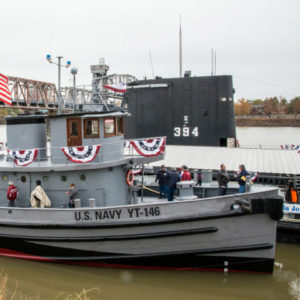 USS Hoga (YT-146)
USS Hoga (YT-146)
 USS Hoga
USS Hoga
USS Hoga (YT-146)
aka: City of Oakland [Boat]
 USS Razorback Information Sign
USS Razorback Information Sign
Utley, Robert Marshall
Van Buren Confederate Monument
Van Buren County Courthouse
Van Buren County Historical Society
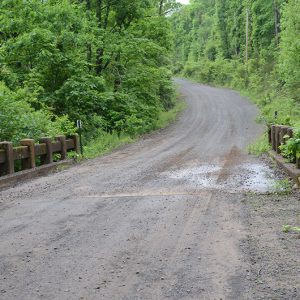 Van Buren County Road 2E Bridge
Van Buren County Road 2E Bridge
Van Buren County Road 2E Bridge
Van Buren Post Office
Van Winkle’s Mill
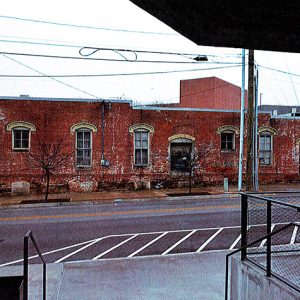 Vernon & Moore-McIlroy Produce Warehouse
Vernon & Moore-McIlroy Produce Warehouse
Vernon and Moore-McIlroy Produce Warehouse
 Veterans Cemetery Shelter
Veterans Cemetery Shelter
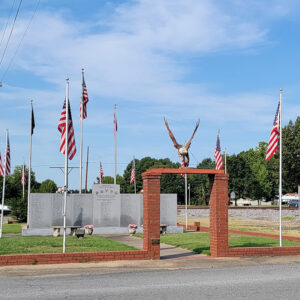 Veterans Memorial
Veterans Memorial
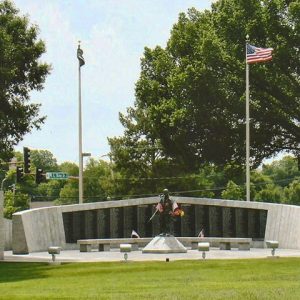 Vietnam Veterans Memorial
Vietnam Veterans Memorial
 Vietnam Veterans Memorial
Vietnam Veterans Memorial
 Vietnam Veterans Memorial
Vietnam Veterans Memorial
Vietnam War Markers and Memorials
Villa Marre
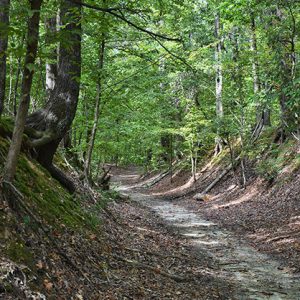 Village Creek Segment of the Memphis to Little Rock Road
Village Creek Segment of the Memphis to Little Rock Road
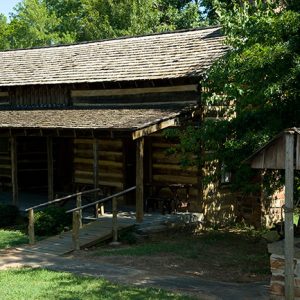 Vineyard Cabin
Vineyard Cabin
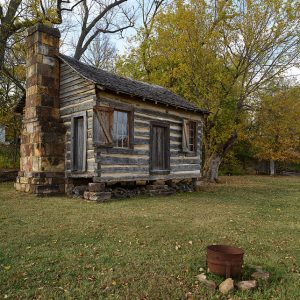 Vintage Cabin
Vintage Cabin
Violet Cemetery
 Vocational Agriculture Building
Vocational Agriculture Building
W. H. Allen House
W. H. Young House
 Wabbaseka United Methodist Church
Wabbaseka United Methodist Church
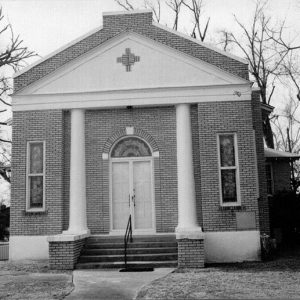 Wabbaseka United Methodist Church
Wabbaseka United Methodist Church
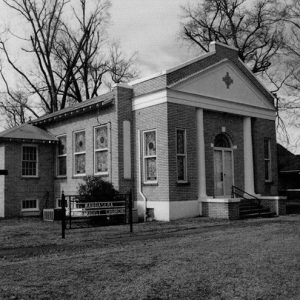 Wabbaseka United Methodist Church
Wabbaseka United Methodist Church
Wabbaseka United Methodist Church
 Wabbaseka United Methodist Church
Wabbaseka United Methodist Church
Waldo Water Tower
Waldron Commercial Historic District
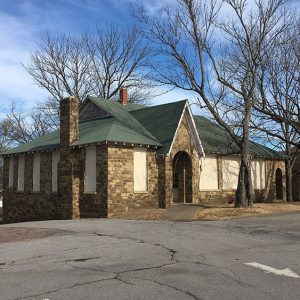 Waldron Home Ec Building
Waldron Home Ec Building
Waldron School Historic District
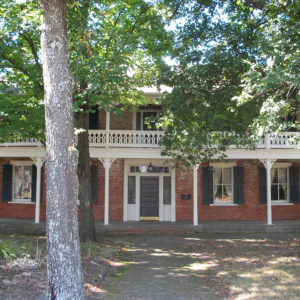 Walker-Stone House
Walker-Stone House
Walker-Stone House
Wallace Bridge
aka: Nimrod Bridge
 Wampum Beads
Wampum Beads
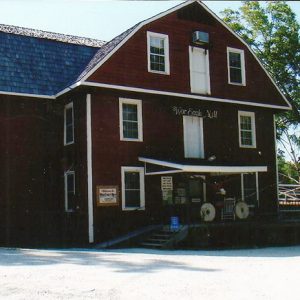 War Eagle Mill
War Eagle Mill
 War Memorial at Saline County Courthouse
War Memorial at Saline County Courthouse




